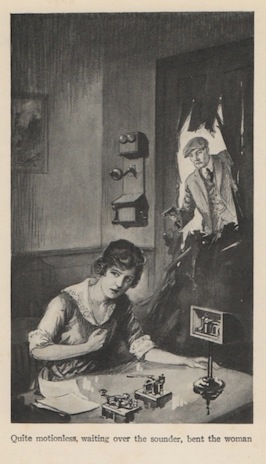That would be 1968, the very same year in which Canadian Notes & Queries made its debut. It was my honour to become the first contributor to 'CNQ Timeline', a new feature in which writers reflect on a specific year in Canadian literature.
Nineteen-sixty-eight just happens to be the year in which I learned to read. This was my first book:
Surprises and Mr. Whiskers, its sequel, seem of a different world. This illustration captures Jack, the protagonist, travelling in the family car without seatbelt!
But then 1968 was a different world, wasn't it. Those too young to remember should consider this headline from the Vancouver Sun:
That 'B.C. Mother of Three' would be Alice Munro, who took home the 1968 Governor General's Award for Dance of the Happy Shades, her first book. In the 'CNQ Timeline' piece I refer to that years's GGs as the most disastrous in the awards' history. I'll happily take on anyone who thinks otherwise.
Takers?
The first book I ever read from 1968 was Bruce Powe's Killing Gound. The cover to that edition, published in 1977 by PaperJacks...
...was much more tame than the original, pseudonymous Peter Martin Associates edition.
Not my 1968. Not the Canada I knew then. Not the Canada I know now.
I'm being polite here. My less than polite writing on
Killing Ground can be found in magazine itself.
Subscriptions – a mere $20 – can be had
here.
Related post:







































